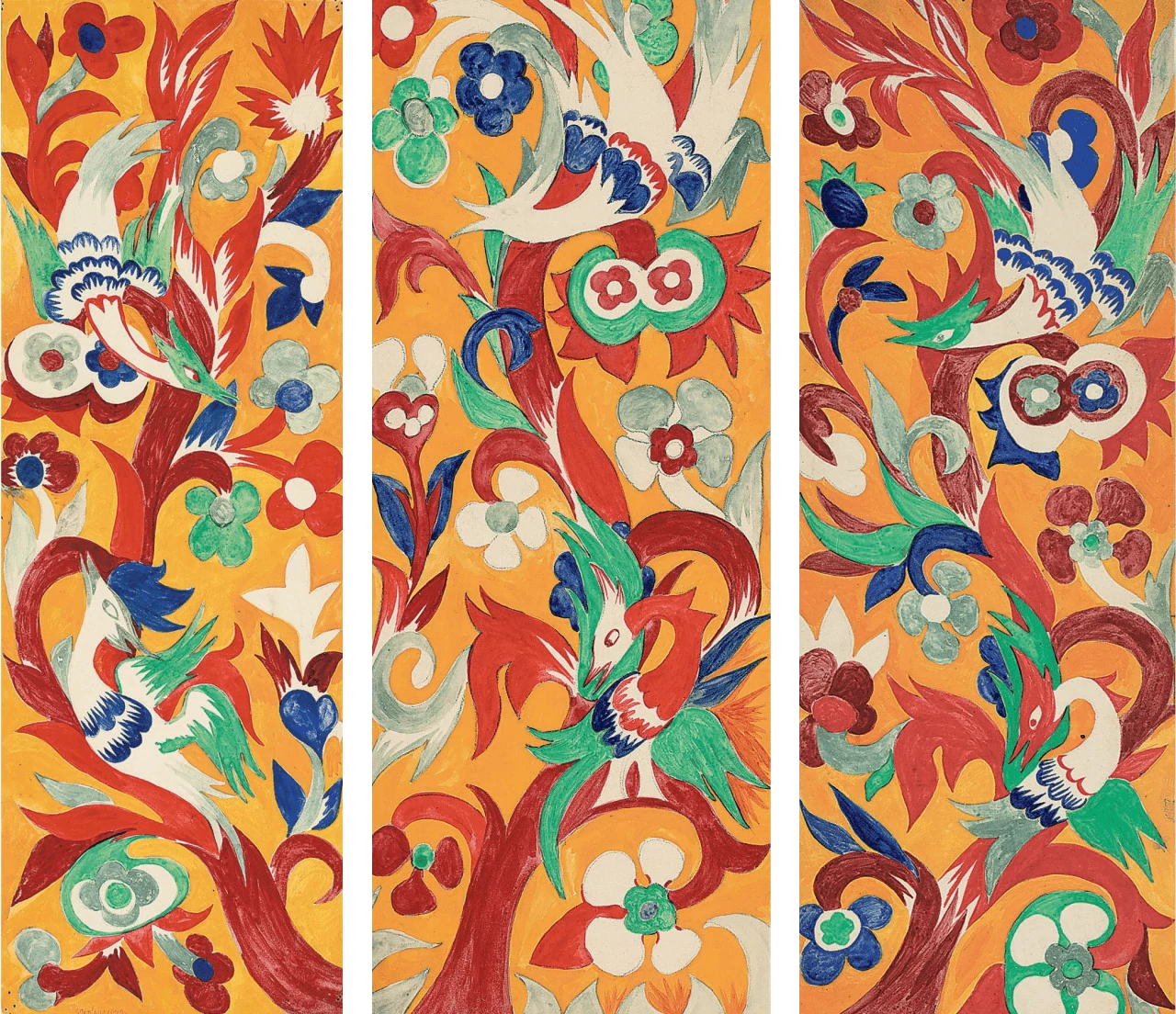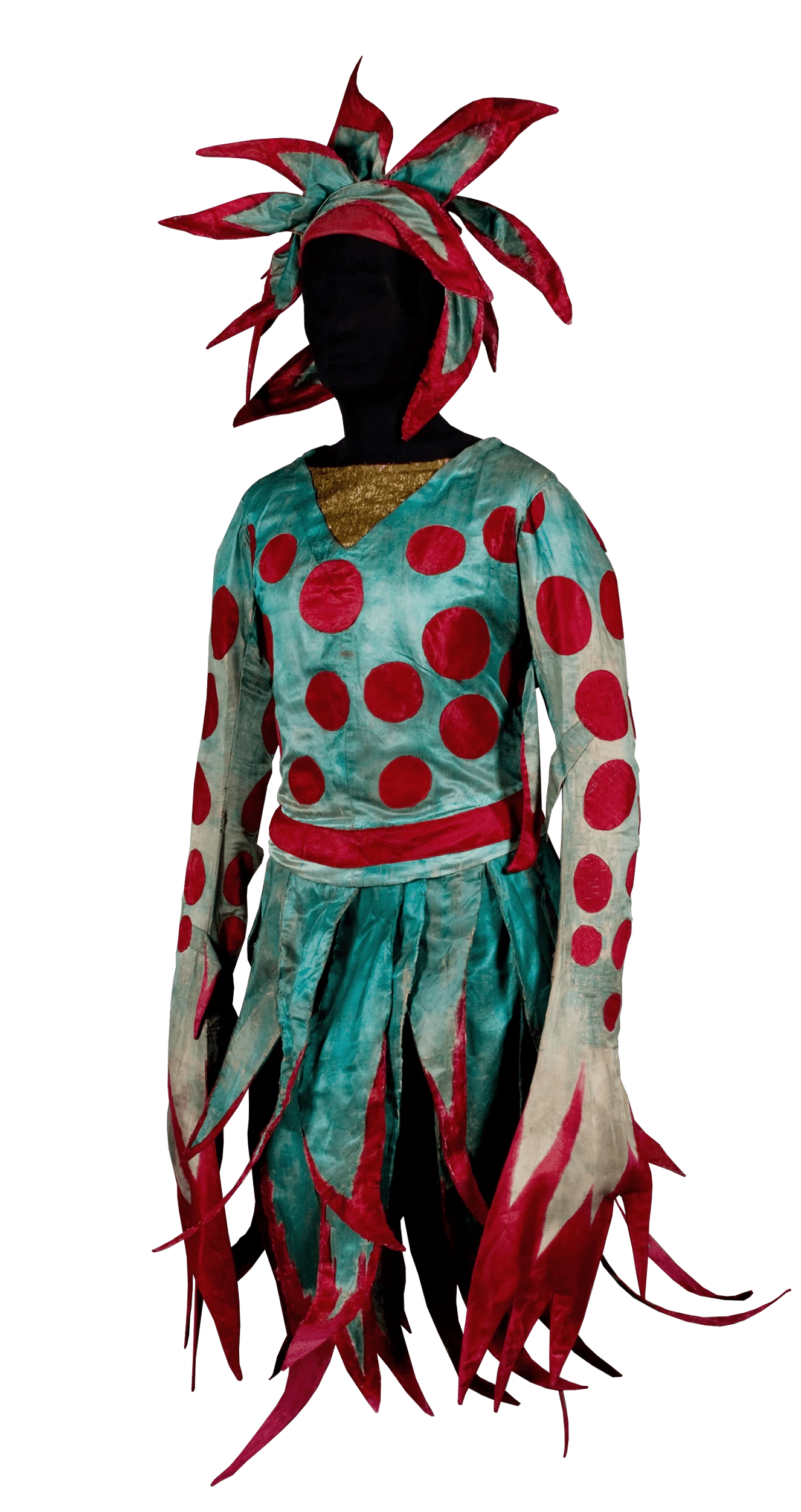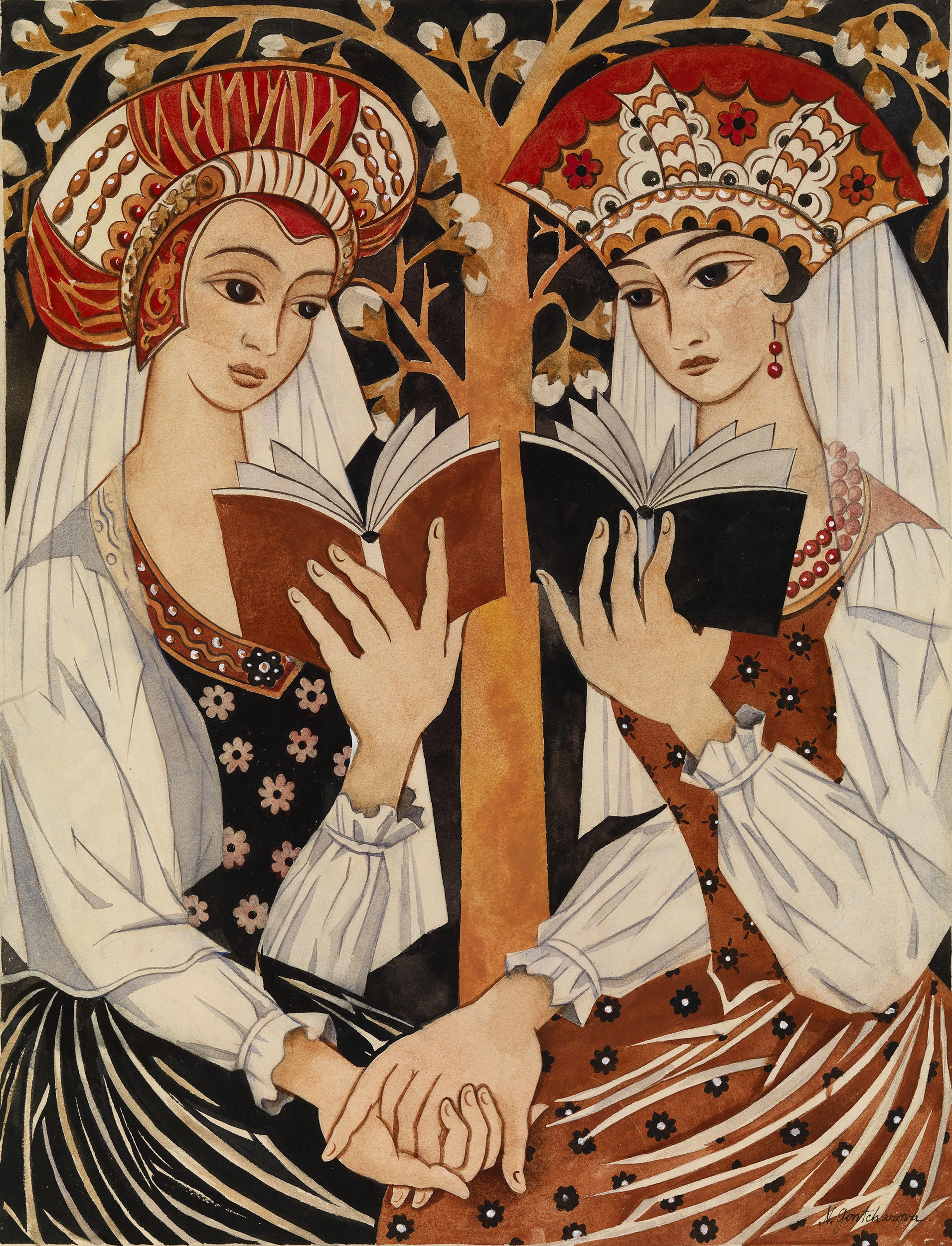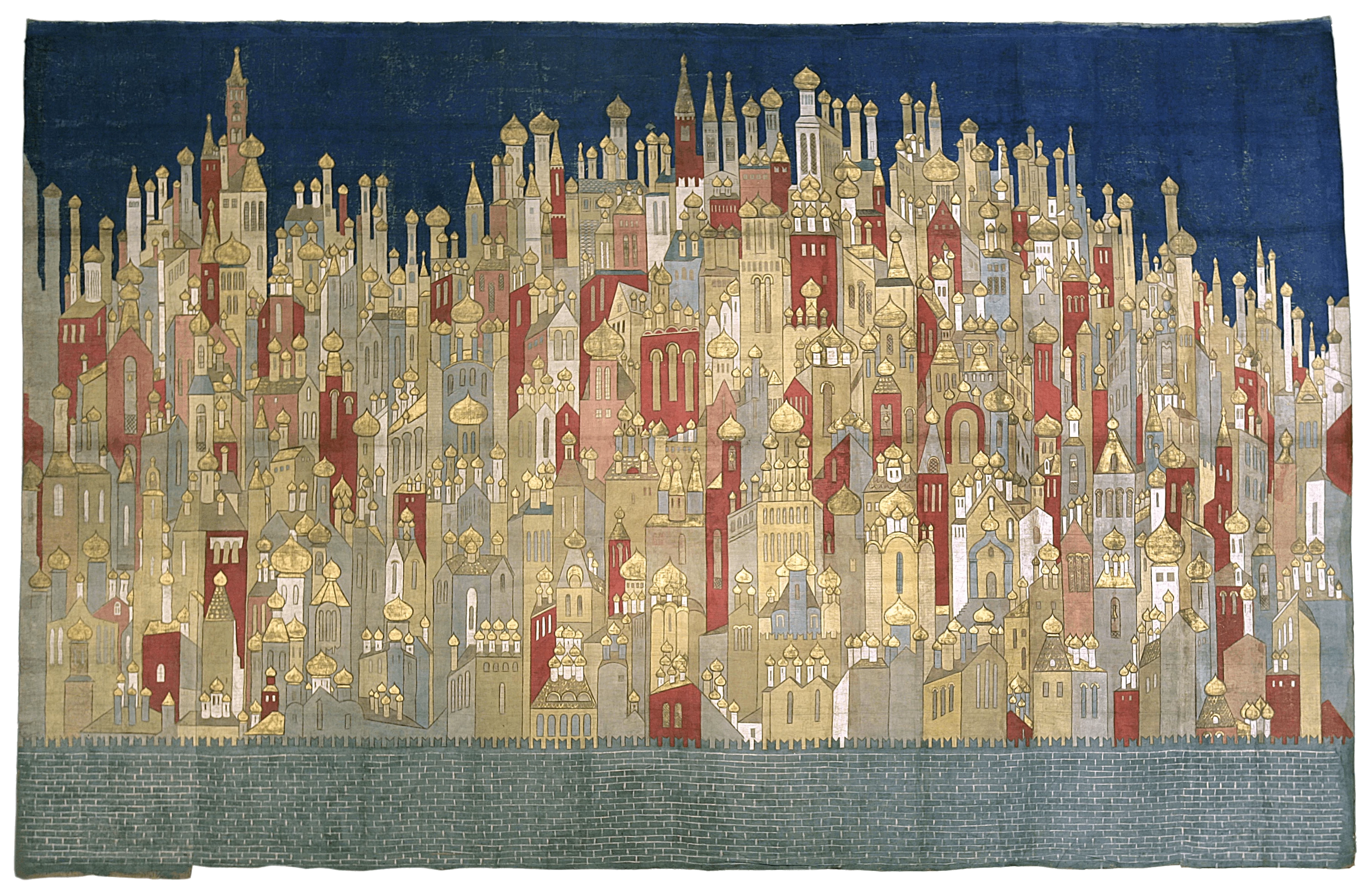Natalia Goncharova welcomed a good scandal. A rich girl from the country, she moved to the city and set up court among the rebels, primitivists, and shrieking anarchists. Natalia became the dismissive queen of Moscow’s avant-garde empire, and at age thirty-three she left it behind.
Natalia arrived in Moscow in 1898, at age 17. Enrolled at the Institute of Painting, Sculpture and Architecture, Natalia cut a strong line between herself and her peers. Growing up in the country left Natalia outside of the urban expectations and pervasive visual language of the city. She painted peasants and rural scenes, borrowing from the fauvist styles of Cezanne and Matisse. Natalia described her early years saying “At the beginning of my development, I learned most of all from my French contemporaries.”
At the Moscow Institute Natalia met her lifetime lover, collaborator and co-conspirator, the artist and troublemaker Michael Larionov. Michael had been expelled from the Institute numerous times, and in 1900 the two artists left together—Natalia having only completed three of the expected ten years of study. The next decade was a whirlwind for Natalia and Michael. Natalia reduced her style to its simplest primitive forms, seen in Peasants Dancing and The Evangelists, which was confiscated on grounds of blasphemy after hanging in an exhibition titled The Donkey’s Tail. The duo took their art to the streets, painting each other’s naked torsos with hieroglyphs and profanities and marching through wealthy neighborhoods. In 1910 Natalia was charged with creating pornography after a show of nude works, and in 1913 and 1914 she held solo exhibits. Together with Michael, Natalia developed the ‘Rayonism’ movement, further abstracting cubism into shards of painted light. From 1900-1914 Natalia reigned supreme as Moscow’s aesthetic agitatrix. Art critic Sergei Diaghilev described the influence of Natalia’s creative vortex saying “this woman has all Saint Petersburg and all Moscow at her feet…she has imitators not only of her paintings but of her person. She has started a fashion of nightdress-frocks in black and white, blue and orange…She has painted flowers on her face. And soon the nobility and Bohemia will paint on their cheeks, foreheads and necks.”
And then, in 1914, Natalia and Michael moved to Paris. Invited by gallerist and friend Sergei Diaghilev, the pair were introduced to the world of stage and costume design. With Natalia’s history of body art and transgressive style, she brought the bright colors and moral contrasts of Russian folk art to life for Diaghlev’s Le Coq D’Or, the Ballets Russes, Les Noces, Cinderella and dozens more productions in Paris, Lausanne Switzerland, and London.
...
Got questions, comments or corrections about Natalia Goncharova? Join the conversation in our Discord, and if you enjoy content like this, consider becoming a member for exclusive essays, downloadables, and discounts in the Obelisk Store.


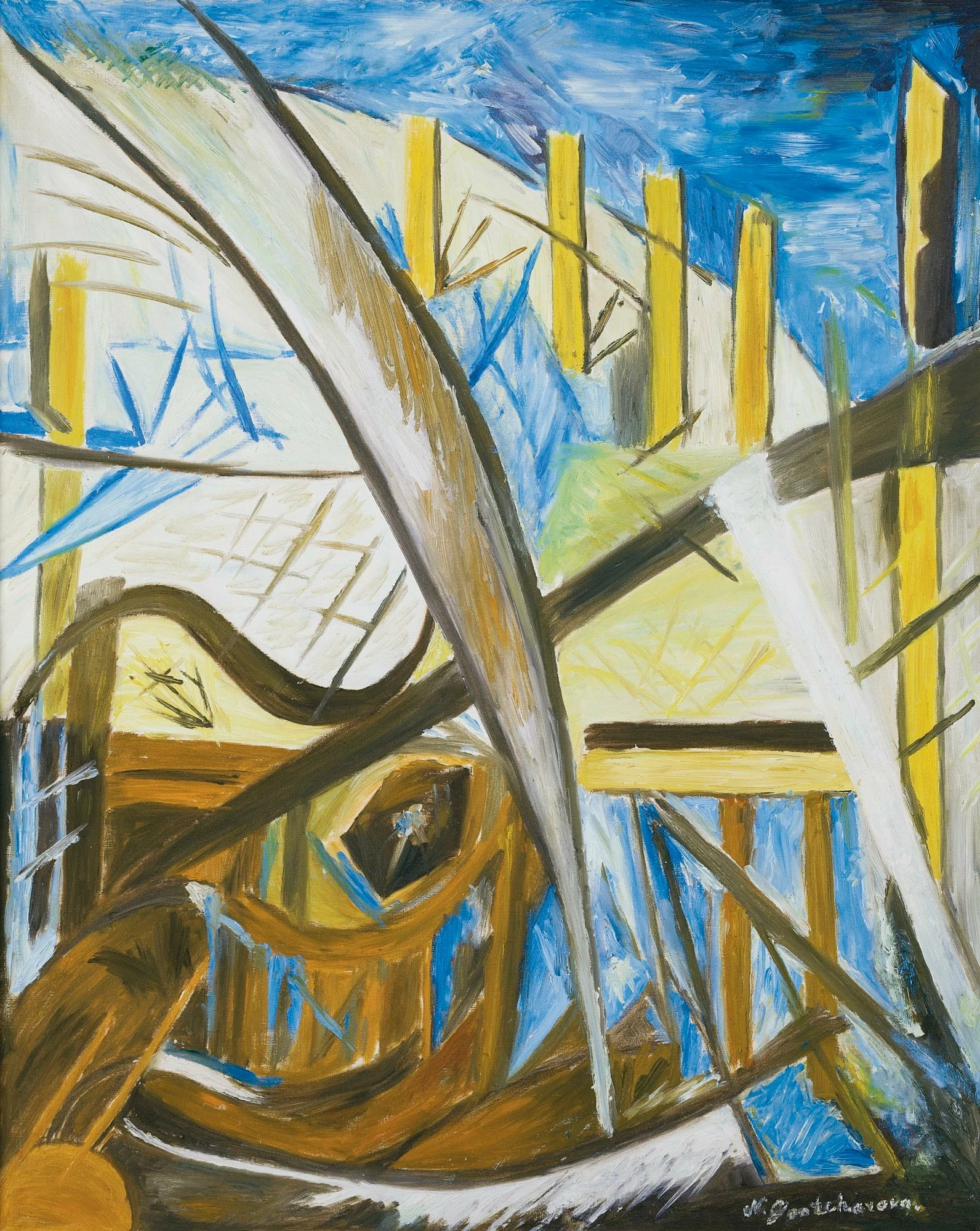
I condemn without hesitation the position of the Knave of Diamonds, which has replaced creative activity with theorizing.

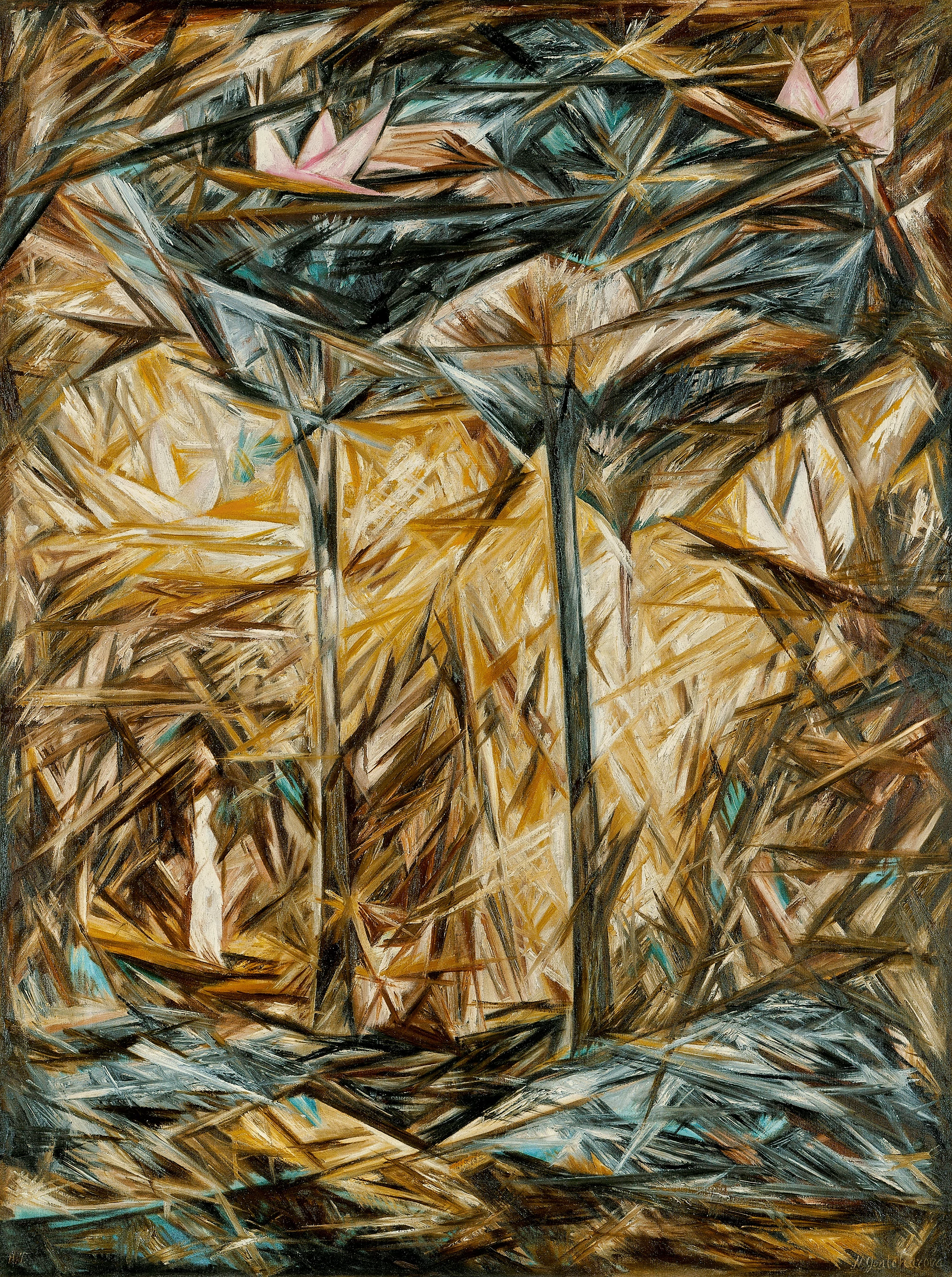
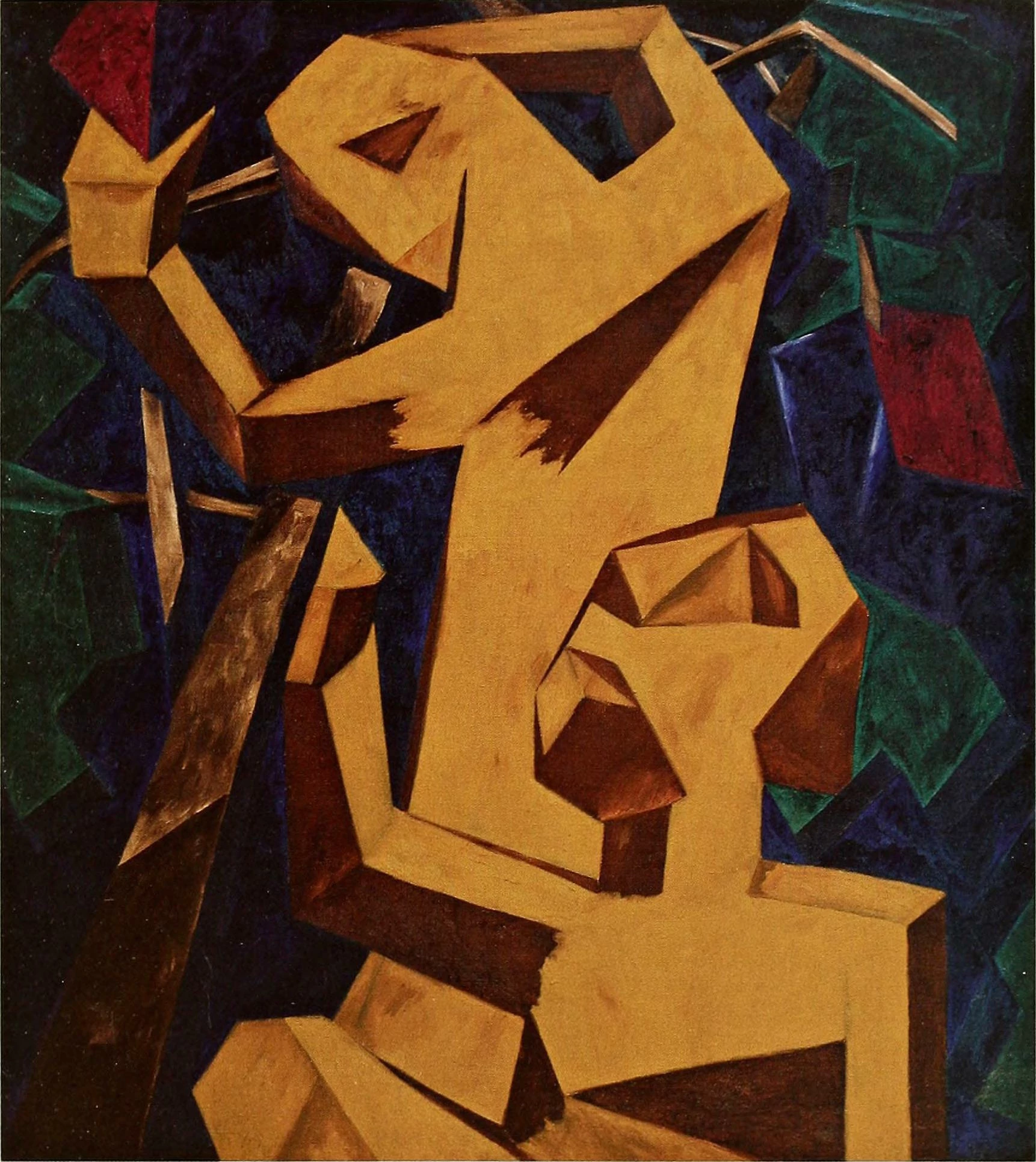
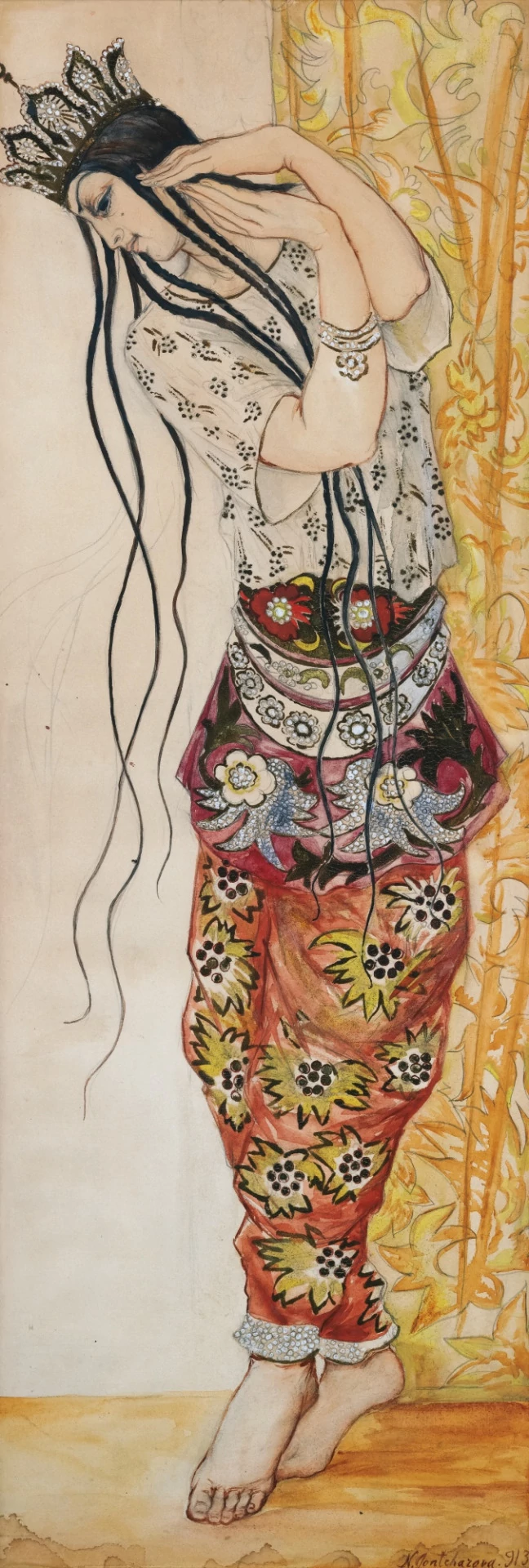
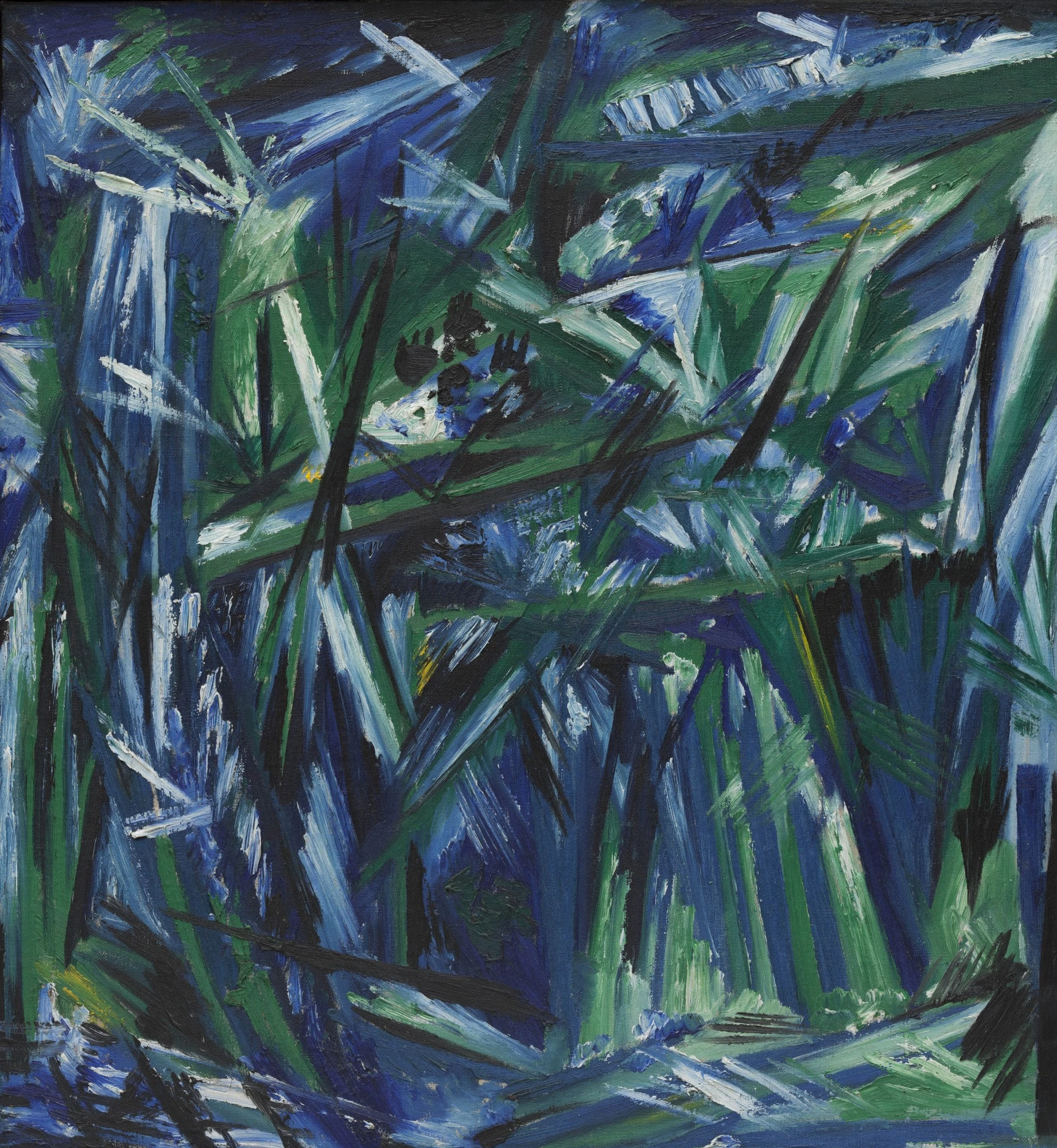
Art for life and even more—life for art!


I shake off the dust of the West, and I consider all those people ridiculous and backward who still imitate Western models in the hope of becoming pure painters and who fear literariness more than death.


